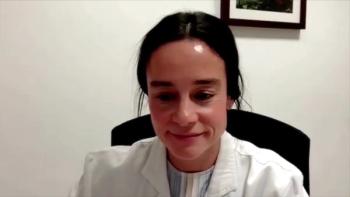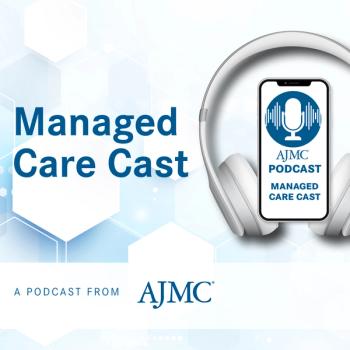
Dr Shalom Kalnicki on the Importance of a Radiation Oncology APM
As new treatments and technologies evolve, it is very important that radiation oncologists have a new alternative payment model for reimbursement, said Shalom Kalnicki, MD, FASTRO, FACRO, professor and chairman, radiation oncology, Montefiore Einstein Center for Cancer Care and Albert Einstein College of Medicine.
As new treatments and technologies evolve, it is very important that radiation oncologists have a new alternative payment model for reimbursement, said Shalom Kalnicki, MD, FASTRO, FACRO, professor and chairman, radiation oncology, Montefiore Einstein Center for Cancer Care and Albert Einstein College of Medicine.
Transcript
CMS has proposed a bundled payment model for radiation oncologists. What is the importance of having an alternative payment model that radiation oncologists can participate in?
I think that it is extremely important to revisit, together with all payers—and especially the government, who is the highest payer in radiation oncology services—the methodology that we use to compensate those services. The methodology used today is still a remnant from the ’60s, ’70s, and ’80s. And it pays by single event and the list of billing items in a typical course of radiation oncology can build up to almost a 150 or more individual line items for a single course of radiation in one patient.
It is, with the new technologies and new methods of delivery, there is a complete dissociation between the value-based proposition of radiation oncology care and the individual per-click, so to speak, of payment module, which dates from 5 decades ago.
So, the importance of starting to explore alternative payment methods, or I should say redo the way radiation oncology therapy is valued and payed for, taking into account new elements that have appeared as treatments and technology evolved is extremely timely and extremely important.
Newsletter
Stay ahead of policy, cost, and value—subscribe to AJMC for expert insights at the intersection of clinical care and health economics.






































